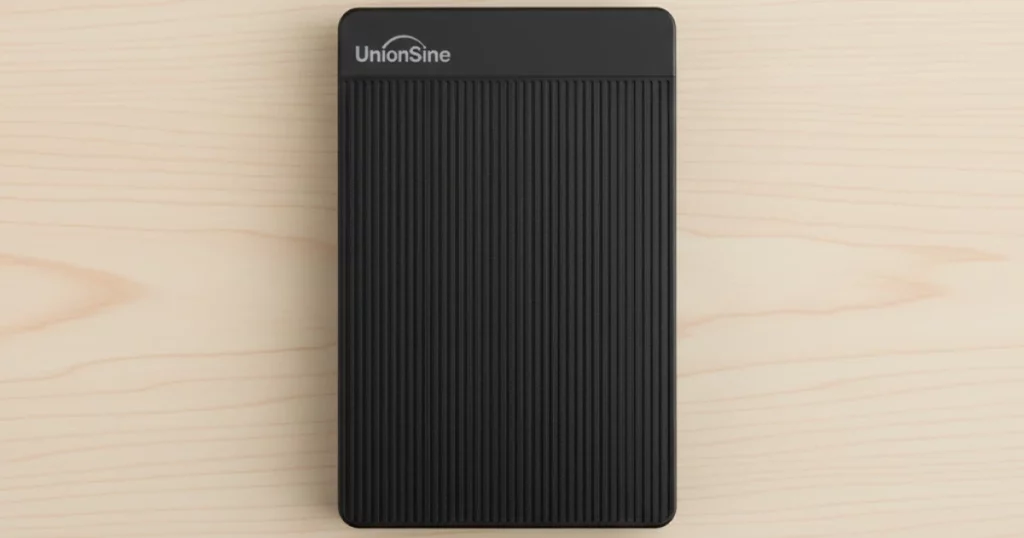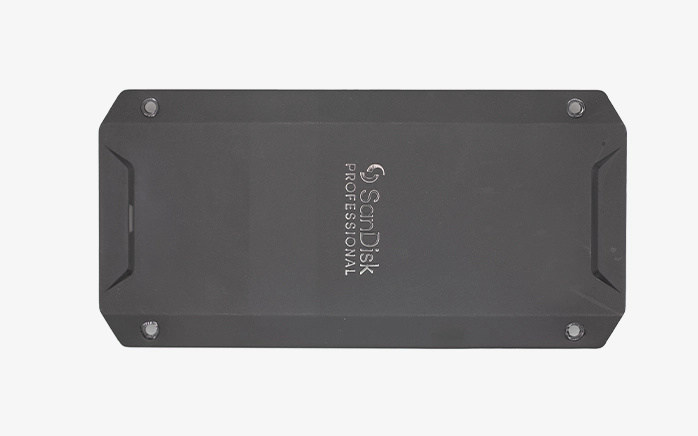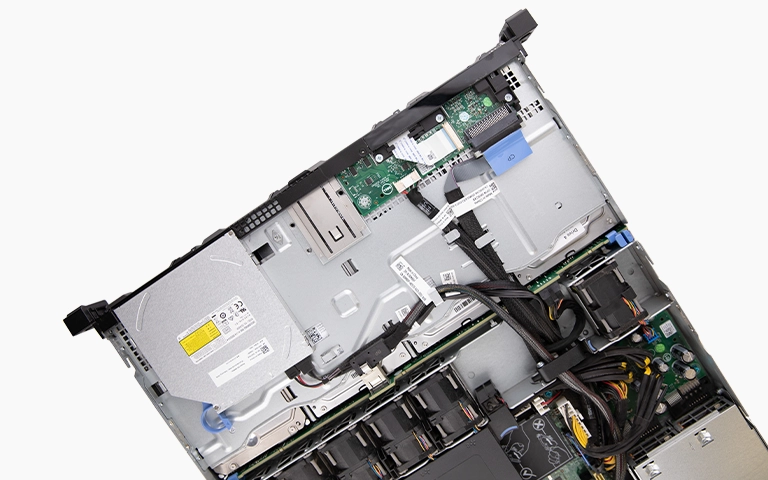A non-spinning hard drive is one of the most alarming signs of failure for any computer user. For Western Digital (WD) drives, this issue often points to critical hardware-level problems, including power-related damage, spindle motor failure, or a defective PCB (Printed Circuit Board). If not handled correctly, data loss can become permanent.
At PITS Global Data Recovery Services, we recently completed a complex recovery case involving a 1TB Western Digital hard drive that wouldn’t spin up after a PSU upgrade mishap. Here’s how we diagnosed, repaired, and successfully retrieved over 300GB of valuable data for our client.
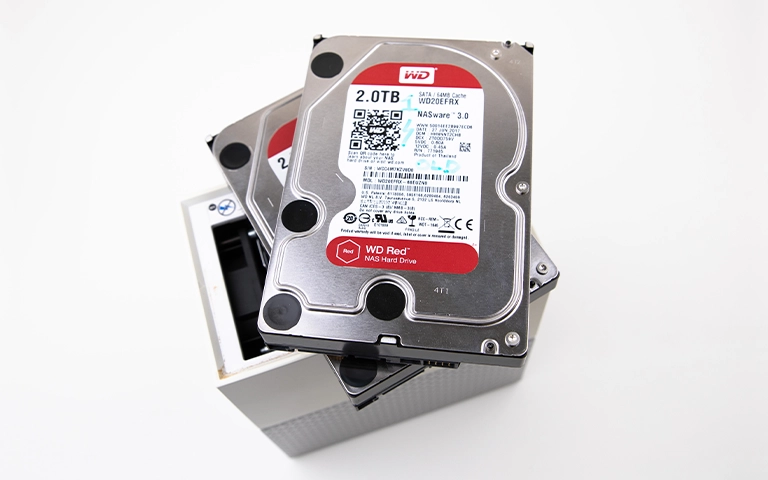
Case Summary: Power Supply Upgrade Caused Drive Failure
The customer upgraded their computer’s power supply unit (PSU) to support high-end components. However, they mistakenly reused an incompatible SATA power cable when connecting their WD 1TB hard drive. This led to an overvoltage condition, damaging the drive’s PCB and rendering it completely unresponsive.
The drive stored around 300–400GB of essential files, including personal documents and deeply sentimental gaming data accumulated over years of use. With no signs of life, the customer turned to our team for emergency evaluation and recovery.
Your Data Security Is Our Priority
Data privacy isn’t optional. It’s our commitment. Our secure recovery process ensures your sensitive information stays protected from start to finish.
Trust in certified security. Start your recovery today! Call Now: 888.611.0737
Diagnosing a Non-Spinning WD Hard Drive
When the drive arrived at our lab, our engineers immediately began a detailed inspection process under controlled ESD-safe conditions:
- Visual Inspection: We examined the drive for burn marks, damaged components, or other visible signs of electrical failure.
- PCB Testing: Our engineers tested the board with professional diagnostic tools to check for shorts, failed voltage regulators, or blown transistors.
- Power Delivery Test: Using a bench power supply, we applied controlled voltage and current to observe the drive’s behavior without risking further damage.
- Sound Diagnosis: We monitored for mechanical sounds such as head clicks or spindle attempts. In this case, there was complete silence no spin-up attempt, confirming electrical, not mechanical, failure.
- ROM Chip Analysis: The unique ROM chip was carefully removed and inspected for cloning onto a matching PCB.

The Recovery Process: Swapping the PCB and Reprogramming ROM
After confirming that the drive’s motor and heads were intact, we proceeded with one of the most delicate procedures in hard drive recovery: PCB replacement with ROM transfer.
- Sourcing a Donor PCB: We selected an exact-match donor PCB from our in-house inventory, compatible with the WD 1TB drive model and firmware version.
- ROM Chip Transfer: The ROM chip from the failed PCB was carefully desoldered and soldered onto the donor board. This chip stores adaptive, drive-specific configuration data necessary for accessing the user’s data.
- Reassembly and Power-On: With the new PCB in place, the drive was reassembled and powered on. This time, it spun up successfully and was detected by our imaging equipment.
- Drive Imaging: A complete sector-by-sector clone of the recovered drive was created to ensure safe data extraction without working on the original media.
- File Extraction: Our team ran deep scans and filtered the recovered data to ensure accuracy and completeness.
Get a Free Consultation.
Our recovery experts are ready to assess your device and guide you through the safest path to recovery. Fill out the form to get started.
"*" indicates required fields
Results and Client Outcome
After imaging the drive, we recovered nearly 100% of the customer’s important files, including game saves, media files, and personal documents. We organized the files and transferred them to a new external drive for return. A remote file verification session allowed the client to confirm that all critical data had been successfully retrieved.
They expressed deep satisfaction, especially with the recovery of irreplaceable gaming progress that had taken hundreds of hours to build.

Why WD Hard Drives May Not Spin Up
A Western Digital hard drive may fail to spin for several reasons:
- Damaged PCB due to electrical surge
- Failed spindle motor or bearings
- Firmware corruption or locked firmware
- Incorrect power connection (e.g., wrong SATA cable after PSU upgrade)
- Failed ROM chip or controller IC
DIY attempts often make the problem worse. Replacing a PCB without transferring the ROM will not work, as modern WD drives require the original ROM for decryption and access.
Final Thoughts: Professional Help for Non-Spinning Drives
Recovering data from a non-spinning WD hard drive requires deep expertise, matching components, and precision engineering. At PITS Data Recovery, our lab is equipped with the tools, inventory, and cleanroom facilities to handle even the most complex cases involving power damage or mechanical issues.
We urge users to avoid DIY repairs on non-spinning drives. Improper handling can lead to permanent data loss. Instead, consult certified hard drive recovery professionals for a secure and successful recovery.
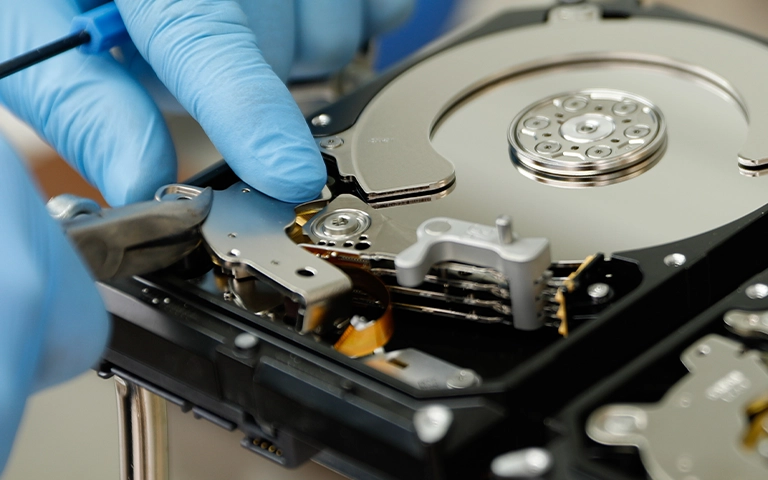
Need Help?
If your WD hard drive is unresponsive or not spinning, contact us for a risk-free evaluation. Our team will guide you through the next steps and provide the highest chance of a full recovery.
Let me know if you’d like this turned into a formatted blog post with HTML, or if you want featured image ideas and alt text for SEO.
Don't Let Data Loss Ruin Your Business
Minimize business disruption. We retrieve lost data fast, so you can focus on what matters.

